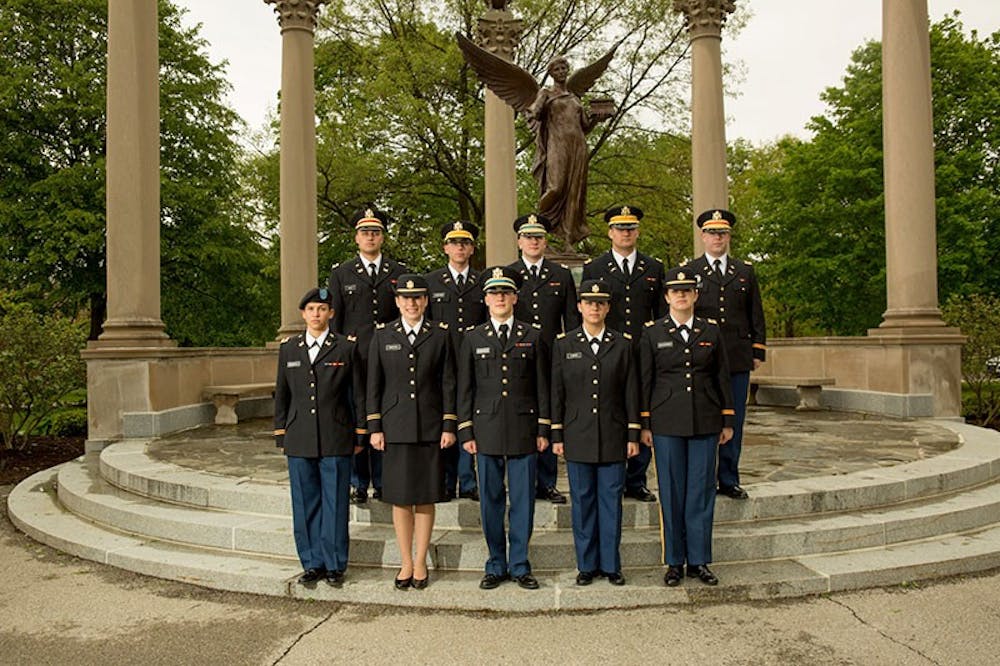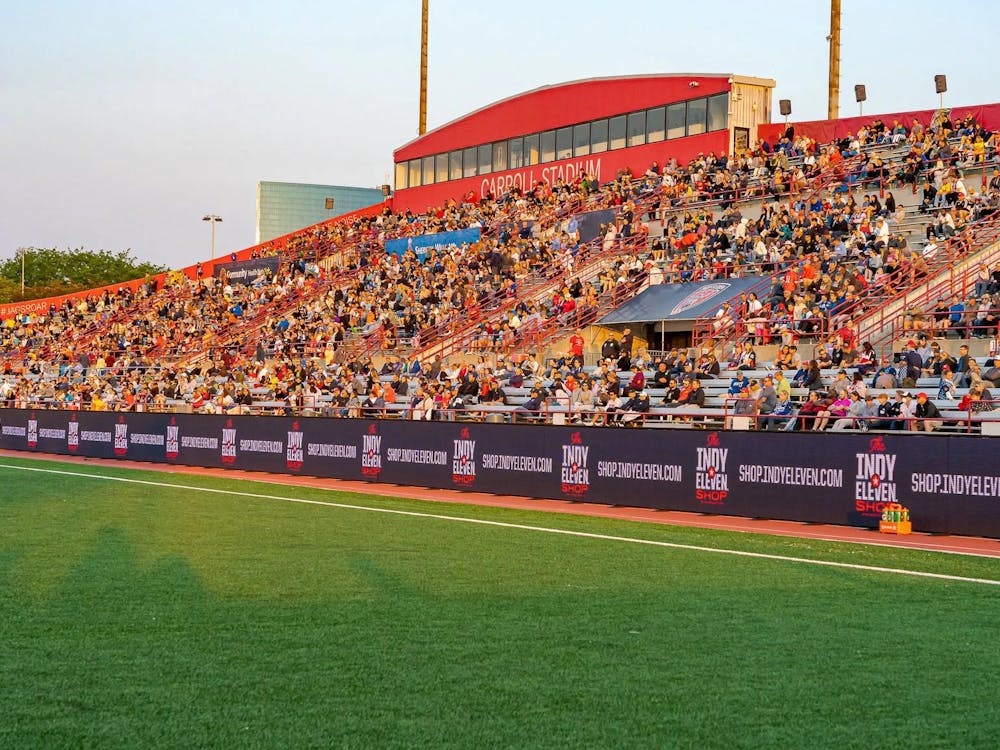If you’ve lived on campus, there’s a good chance you’ve heard a large group chanting as they go for a run early in the morning. That group is the Army Reserve Officers’ Training Corps (ROTC) and despite those early morning runs, cadet Nic Egierski wants everyone to know that he’s just like everyone else.
“Everyone in the ROTC program is a regular student,” Egierski said.
Ball State just celebrated its centennial anniversary and the ROTC has seen nearly half of those years. The program began in September 1978 as an Air Force program before transitioning to the Army ROTC.
Ball State’s chapter has the unique distinction of being one of only three national ROTC programs to have an Army National Guard professor of military science. Lt. Col. Mark South said there are roughly 274 recognized ROTC chapters across the country.
Despite that distinction, South said Ball State’s chapter still has the same objective as any other chapter.
“We’re teaching them how to be leaders in the United States military,” he said.
South said the chapter usually has around 100 cadets. He noted that the military is about one percent of the national population, but he believes that’s attainable at a campus level with approximately 200 students.
Despite some misconceptions, being in the ROTC does not mean students cannot pursue other ventures. In fact, it is only a minor in military science.
Through the ROTC program Egierski earned a six-week internship in Chantilly, Virginia, working for the National Reconnaissance Office (NRO). The NRO works with satellites to provide intelligence for multiple branches of the military and different intelligence agencies like the CIA. This allowed Egierski to fully immerse himself in his computer science background.
In addition, Egierski said “almost everyone in the ROTC is a part of another organization on campus.” He is vice president of Phi Kappa Psi fraternity, an at-large senator in the Student Government Association and a part of the Peer Victim Advocacy program.
There are three different avenues to join the Army, South said. Those options are the U.S. Military Academy, officer candidate school and the ROTC, which makes up nearly three quarters of the current military.
”I knew I wanted to be a commissioned army officer,” said Egeirski, who was recruited out of high school and awarded a scholarship.
The first two years of military science classes are open to anyone whether they are a part of ROTC or not. That provides a no-strings attached opportunity for new students to decide whether they want to join or not. Should someone join, South assures that "100 percent of graduates end up in the field that they studied in."
Moving forward, South said he hopes increased exposure around campus will result in the group growth.
“We are trying to sell who we are and what we do,” South said.
See more centennial stories here.
Contact Trevor Weldy with comments at tjweldy@bsu.edu.





